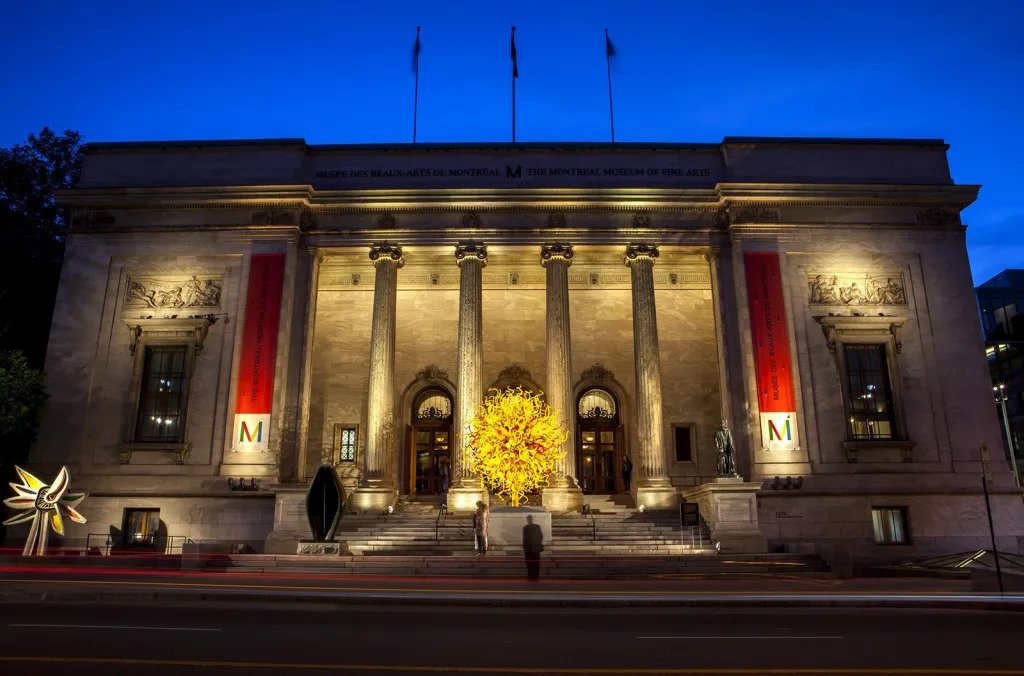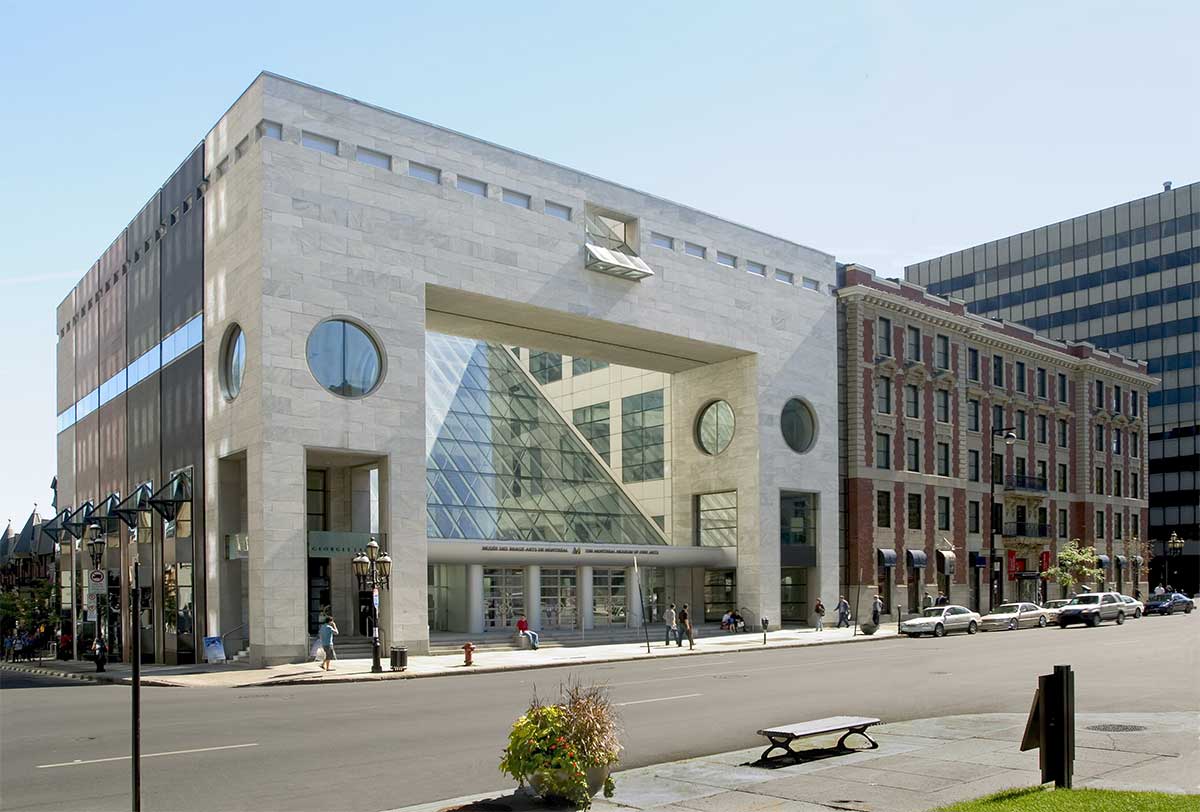- Must Do Canada
- Posts
- Weekly Goose 135 (Art in Canada)
Weekly Goose 135 (Art in Canada)
Good morning!
Did you know? The Group of Seven (sometimes referred to as the Algonquin School) was Canada's first internationally recognized art movement. It was founded in 1920 as an organization of self-proclaimed modern artists that presented the dense, northern boreal forest of the Canadian Shield as a transcendent, spiritual force. However, there’s also an Indigenous Group of Seven, which fought for the inclusion of Aboriginal artists in Canadian mainstream galleries and museums.
Inspired by Masterworks, the 135th edition of the Weekly Goose is all about art in Canada, including some of the best art galleries to visit, the greatest art heist in Canadian history, and an introduction to the two Groups of Seven mentioned above.
Poll of the WeekDo you explore art galleries when you visit a new place? |
Sponsored
Mm-hmm, sure. So, what’s the catch?
We know it may sound too good to be true. But thousands of investors are already smiling all the way to the bank, thanks to the fine-art investing platform Masterworks.
These results aren’t cherry-picking. This is the whole bushel. Masterworks has built a track record of 16 exits, including net returns of +10.4%, +27.3%, and +35.0%, even while financial markets plummeted.
But art? Really? Okay, skeptics, here are the numbers. Contemporary art prices:
outpaced the S&P 500 by 131% over the last 26 years
have the lowest correlation to equities of any asset class
remained stable through the dot-com bubble and the ’08 crisis
Got your attention yet? Must Do Canada readers can skip the waitlist with this exclusive link.
See important disclosures at masterworks.com/cd
Two Groups of Seven

Georgian Bay 1921 by Frederick Varley.
In the early decades of the twentieth century, circumstances brought together several artists who were committed to exploring, through art, the unique character of the Canadian landscape. They shared the sentiment that Canada’s rugged wilderness regions needed to be recorded in a distinctive painting style. This style would break from European tradition and reflect an increasingly nationalistic sentiment, which eventually led to them being some of Canada’s most famous artists.
The Group’s depictions of the rugged wind-swept forest panoramas of the Canadian Shield were eventually equated with a romanticized notion of Canadian strength and independence. By the peak of their fame in the mid-1950s, reproductions of their paintings hung on classroom walls in every school in the country. Their works held pride of place in Canadian museums. Every discussion of Canadian art inevitably acknowledged their importance to the evolution of a “national vision.”

Morning Star by Alex Janvier.
Decades later, however, another “Group of Seven” emerged. In the early 1970s, a group of indigenous artists would gather together to share their frustrations with the prejudice they faced within the Canadian art establishment while also discussing art and critiquing each other’s works. In 1974 they formally incorporated as a group to fight for the inclusion of Aboriginal artists in Canadian mainstream galleries and museums. Although their group is actually called The Professional Native Indian Artists Inc. (PNIAI), they were informally known as the Indian Group of Seven and the Indigenous Group of Seven.
We first learned about them during our visit to Lac La Biche, where many pieces of their artwork hang in the hallways of Portage College. Though diverse in their painting styles and cultural backgrounds, the founders of PNIAI were united in their determination to advocate for inclusion, recognition, and equal access to art funding and they had a big influence on the development of contemporary Indigenous art practice, its critical acceptance and public appreciation.
Despite the immense beauty of their artwork, it’s certainly much harder to find. If you’re looking to see some of the artwork from the Group of Seven, the National Gallery of Canada has more than 2,500 pieces to admire. If you want to see artwork from the “Indigenous Group of Seven”, the Portage College Museum of Aboriginal Art and Artifacts (MOAPAA) in Lac La Biche houses the only permanent collection from them in the world.
10 Art Museums in Canada You Don’t Want to Miss
From Newfoundland to Vancouver, below are some of the best art museums in the country.
Beaver Bites
Canada’s largest bookstore is about to offer a lot more than books. As someone who loves browsing through a Chapters store, I’m pretty excited about Indigo’s new 16,000-square-foot store, opening in Toronto this fall. Inspired by hip Tokyo shops, the store aims to offer more products, immersive displays, events, and booze. If it’s a success, we hope they’ll expand the idea across the country.
Mont-Tremblant has long been known as the best skiing east of the Rockies, but now, it’s being officially recognized as a star gazers’ paradise.
Women’s hockey is increasing its presence across the country. The Professional Women’s Hockey League has announced it will begin its inaugural season in January 2024 with six teams based in Canadian and U.S. cities. The three Canadian cities getting pro women's hockey teams are Toronto, Montreal, and Ottawa. Hmm, could this be the next Original Six?
There might be a new official residence for the Prime Minister coming soon. The federal government is looking at dropping the dilapidated mansion at 24 Sussex in Ottawa as the prime minister's official residence in favour of other plots of land where they could build an official residence that is larger, safer and more accessible.
With the Barbie movie becoming such a massive success, this Montréal hotel has created a really cool Barbie suite.













